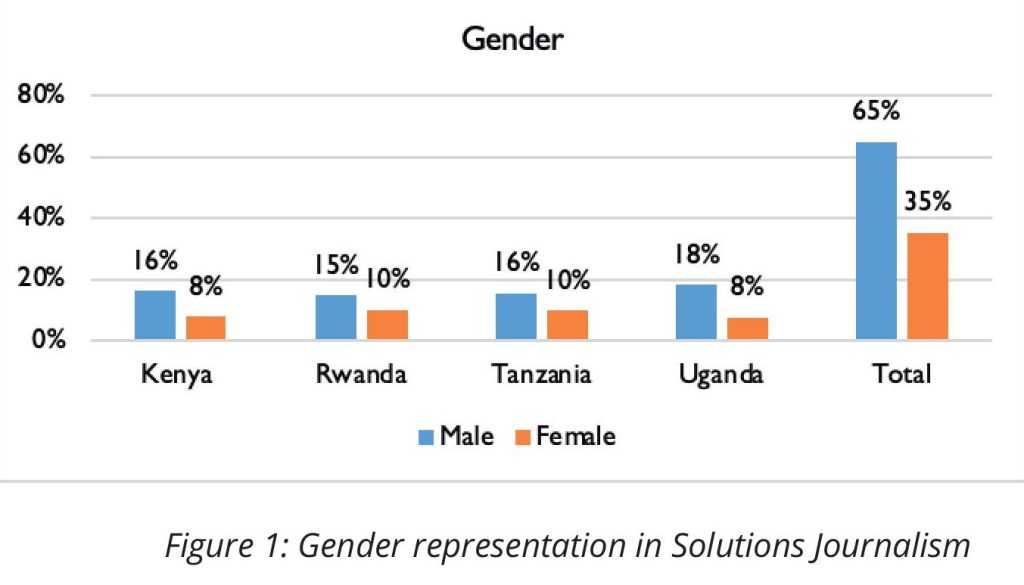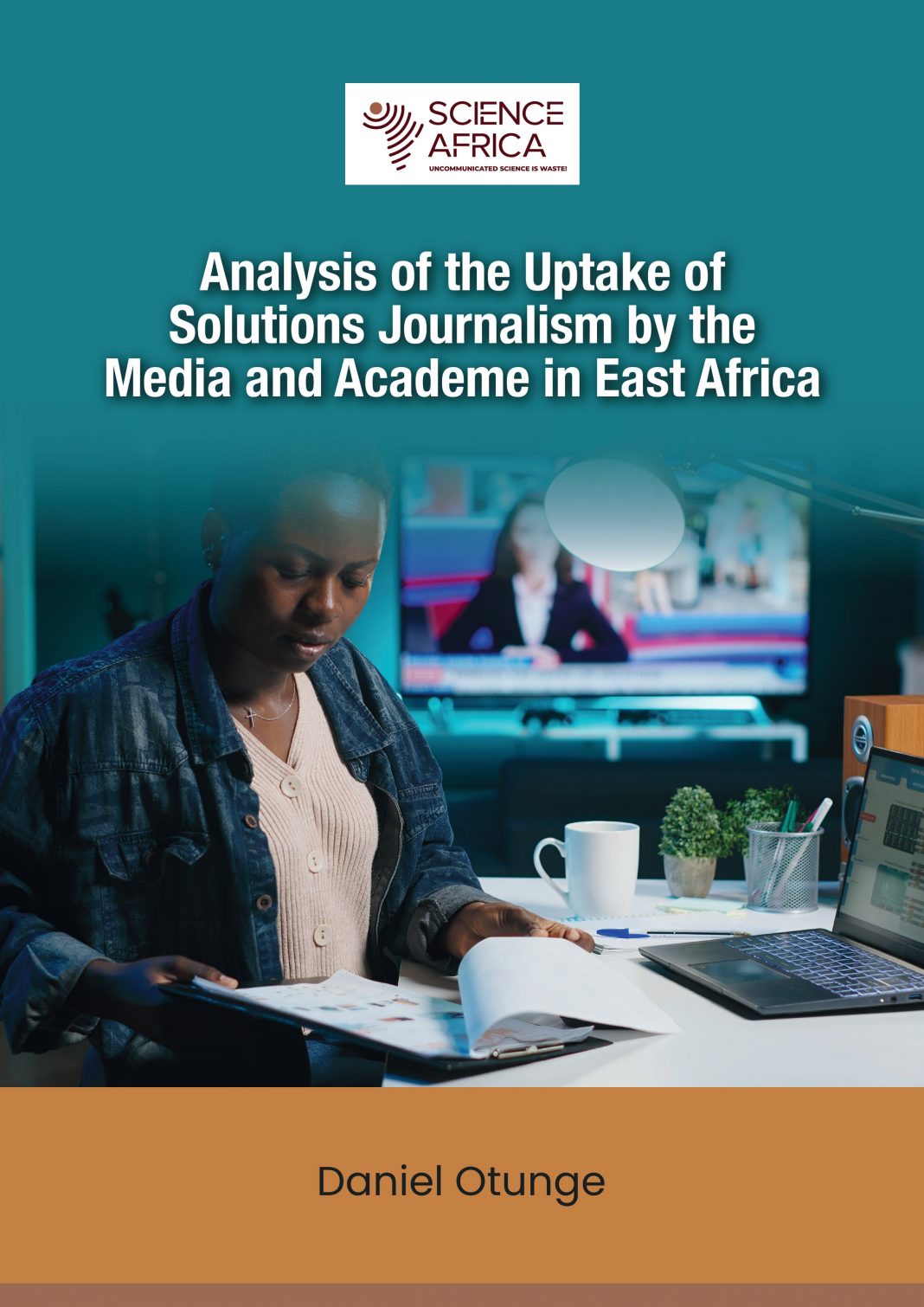By Daniel Otunge
This report examines the uptake and impact of Solutions Journalism (SoJo) across four East African countries—Kenya, Uganda, Rwanda, and Tanzania—with a focus on its adoption, practice, and influence within the media ecosystem. Solutions Journalism, defined as rigorous, evidence-based reporting that critically examines responses to societal challenges, is gaining traction in the region as a viable alternative to problem-saturated narratives that dominate conventional media. By documenting not only awareness and training levels but also outcomes and barriers, this study provides a comprehensive understanding of how SoJo is reshaping journalism practice, audience engagement, and public discourse.
The study employed a mixed-methods design that combined quantitative surveys, qualitative interviews, and desk reviews to capture diverse perspectives and ensure the credibility of its findings. A total of 385 respondents participated in the quantitative survey across the four countries: 95 from Kenya, 96 from Rwanda, 96 from Tanzania, and 98 from Uganda.
The survey targeted multiple categories within the media ecosystem, with reporters (38 percent) forming the largest group, followed by correspondents (24 percent), editors (20 percent), faculty members in journalism institutions (8 percent), capacity-building and regulatory body representatives (4 percent), and others (6 percent). In addition, qualitative data were collected through 68 key informant interviews, conducted in Kenya (19), Rwanda (16), Tanzania (15), and Uganda (18). These interviews captured the experiences of editors, reporters, faculty members, senior managers, and representatives from capacity-building institutions, providing deeper insights into the uptake and practice of SoJo.

Click here to access full report






